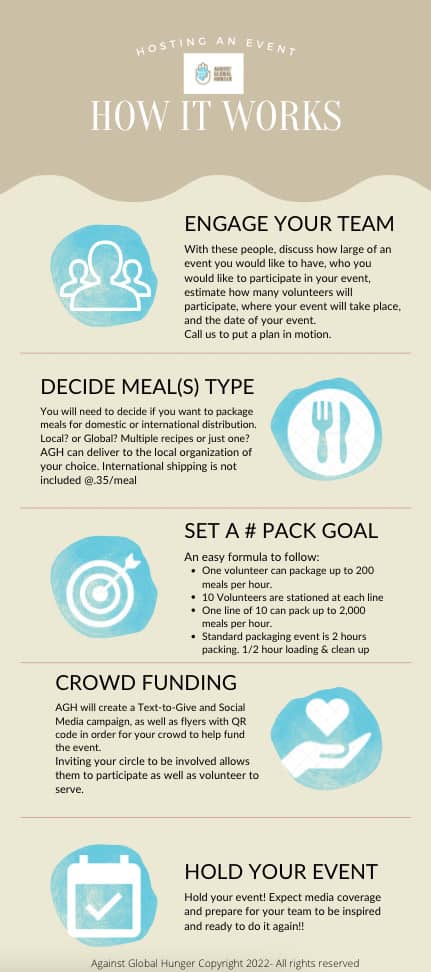Hunger is prevalent all over the world. There isn’t a single country that is immune to food insecurity and the health problems associated with it. Although the Western Hemisphere produces and distributes much of the world’s food supply, numerous countries in that region still have to deal with food insecurity, malnutrition, and food-related illness.
The worst areas of poverty and hunger on this side of the earth are found in the rural areas, and those people don’t have access to healthy food options, unlike people in major cities where there seems to be grocery stores on every corner.

Hunger in the Western Hemisphere
The Western Hemisphere contains all of North America and South America and their islands and surrounding waters, as well as parts of Africa, Europe, Antarctica, and a part of Russia, and hunger affects each one of these countries in some way or another.
Hunger in Latin America and the Caribbean
Latin America and the Caribbean produce enough food to feed their entire population, but the problem is access. The issue is not a lack of food, but rather the difficulty the poorest inhabitants face in being able to get their hands on that food. These two areas have some of the world’s leading food production, but that doesn’t mean everyone there has access to it.
Hunger in the United States
Hunger in the United States of America affects millions of Americans, which means it can indirectly affect everyone. As we learned from the COVID-19 pandemic lockdowns, having access to healthy food isn’t as easy as it was before COVID-19. This is something most people took for granted. With layoffs or business closures, upper and middle-class families were also affected. Food insecurity doesn’t just affect the underserved. The already high rate of food insecurity rose considerably during the pandemic lockdowns.
According to the USDA’s Household Food Insecurity in the United States report, more than 35 million people in the United States experienced hunger in 2019, and that number grew during the pandemic. U.S. households with children are more likely to experience food insecurity, and that includes rural, suburban, and urban communities. However, the rural communities tend to get hit pretty hard.
Hunger in Canada
In Canada, food insecurity is a problem to the tune of over 4 million people, and half are children. Canada provides universal healthcare to its citizens, and food insecurity negatively impacts physical, mental, and social health. It costs the healthcare system considerably. In 2017-18, 1 in 8 households in Canada was food insecure, and 4.4 million people, including more than 1.2 million children were affected.
Volunteering With Against Global Hunger
Against Global Hunger is on a mission to get food to the people who need it most. Partnerships are the lifeblood of the AGH process, and it couldn’t be done without caring missionaries, volunteers, organizations, and donors. We have established partnerships with schools, organizations, and church groups, and our goal is to end world hunger. AGH joins forces with volunteers and organizations to package highly nutritious food and then distribute them locally and globally.
Our food is packaged by youth of all ages who volunteer their time, money, and efforts to assemble our high-nutrition, life-saving food. We work to distribute the packaged food through church groups, missionaries, local food banks, and other humanitarian organizations worldwide.
Here are just a few examples of how you can help Against Global Hunger:
- Filling food boxes
- Cleaning
- Filing
- Moving boxes
- Labeling bags
- Answering the phone
- Helping set up for an event
